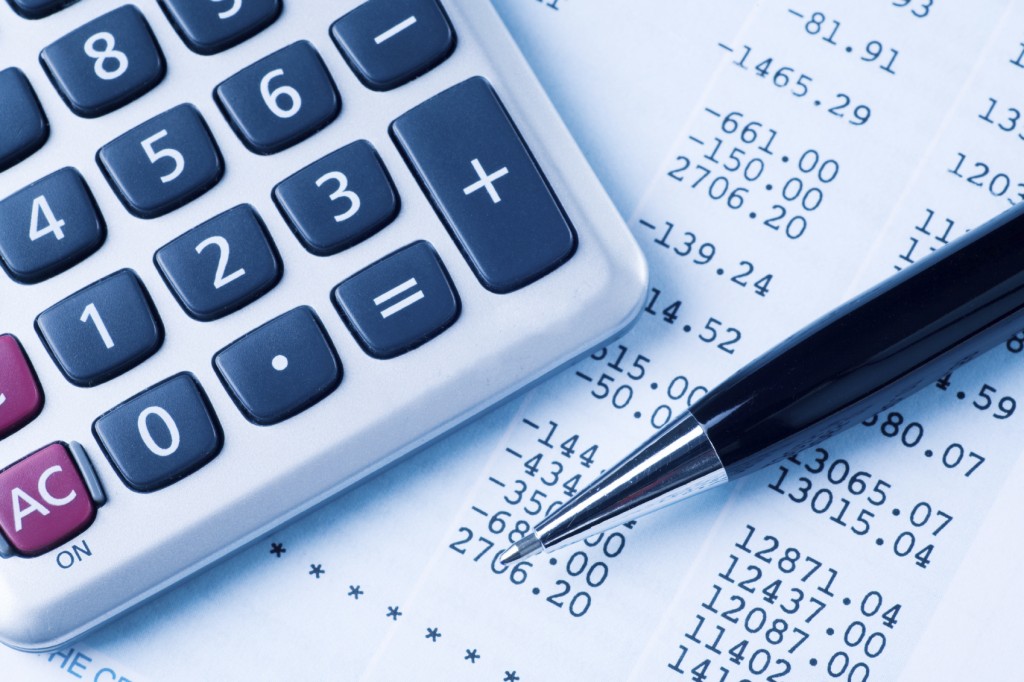 Underestimating the costs of bringing a product to market is a pitfall many entrepreneurs make. This one mistake can seriously derail a startup. Hardware products are notorious for being costly, so it is wise to estimate your costs before jumping in. Technology innovations, such as 3D printing, have helped lower some of the associated costs, but there are still others that many entrepreneurs aren’t aware of.
Underestimating the costs of bringing a product to market is a pitfall many entrepreneurs make. This one mistake can seriously derail a startup. Hardware products are notorious for being costly, so it is wise to estimate your costs before jumping in. Technology innovations, such as 3D printing, have helped lower some of the associated costs, but there are still others that many entrepreneurs aren’t aware of.
Below is a list of some of the major costs associated with launching a hardware product.
- 3D Rendering & Prototyping. 3D rendering lets you design and accurately visualize the product before investing in an actual model. Once you have a final design, it is time to build a prototype. This is a critical step because it is here in which you test your design and make any necessary changes to its aesthetics or functionality. 3D printing has helped drive the costs down of prototypes, so this is one technology you may want to consider using. Keep in mind that prototyping costs vary depending on size, complexity and volume of part. (Estimated costs: $5,000-plus for design work and $500-plus for 3D printing iterations)
- Certifications & Testing. Most products require some type of certification to be sold in various countries. (This is especially true if your product has an electronic component.) Entrepreneur has a list of certifications that could be required for your product (here). (Estimated cost: $10,000)
- Intellectual Property. Patents allow you to secure all rights and claims to your invention. Filling a design patent is going to cost less than a utility patent, but the protection rights are also different. However, both types of patents let you use the coveted phrase, patent pending. It is always best to consult with a patent attorney to discuss the needs of your individual product. (Estimated costs: $2,000-plus)
- The Retail Package. The retail package is integral and is in many ways the ‘face’ of your product. It must be both protective during shipping and help your product standout on a crowded shelf. (Estimated cost: $3,000-plus)
- Manufacturing. This is likely going to be your largest expense, which means that finding and vetting manufacturers is to your advantage. While small batch runs are feasible with 3D printing, larger batches are going to require mass-manufacturing. Injection molding costs run high because of the expensive steel molds required. (Estimated costs: $40,000-plus)
- Traditional business expenses. This category encompasses business licenses, product liability insurance, office space, warehousing fees and shipping costs, etc. (Estimated costs: $1,000-plus per month)
If your product has electronic components you are also going to want to factor in these additional costs.
- Electronics Design. This is the heart and soul of your product. It is what makes your product go and what helps it stand out from the competition. From a design standpoint, this is going to be the most expensive step. It is important to find a design engineer that has experience related to your design needs and clearly understands your budgetary requirements. (Estimated cost: $10,000-plus)
- Software. If your hardware product is going to require a microcontroller or microprocessor, some level of programming will be required. In addition, if your product needs to communicate with a smartphone, a mobile app may also be required. (Estimated costs: $5,000-plus)
Here is what our President & Chief 3D Officer, Collin Kobayashi, has to say about hardware development costs, “Costs fluctuate with the specifications and requirements of your individual product. For example, a product that connects via Bluetooth takes more engineering than a device that just displays LEDs. It is always best to consult with design and manufacturing experts to get a clear answer on what your specific development costs will be.”
These costs do add up and it is easy to see why so many startups have turned to crowdfunding for their inventions. While crowdfunding is a fantastic resource, you need to nail down all of the costs required to bring your product to market first. Too often entrepreneurs underestimate the costs of bringing their product to market, and even after a successful crowdfunding campaign, can’t deliver on their promise to customers.
The most obvious example of underestimating costs is the Coolest Cooler, which was wildly successful and raised more than $13 million on Kickstarter in 2014, but over a year later many backers still have not received their coolers. Only after the Kickstarter campaign ended and manufacturing began, did the founders realize they set the price tag too low for the coolers—this one mistake has quickly turned into a nightmare scenario for the startup and the customers that pre-ordered through Kickstarter.
While all of these costs can and will fluctuate based on your specific product needs. These estimates are provided to help give you an idea on how much each stage in the product development process will cost, so that you and your team can plan accordingly.
Have questions about bringing your product to market? Let’s chat! Send your questions our way, info@3d-inovations.com
If you are looking for assistance in launching a product, check out our manufacturing and commercialization accelerator, Startup Connector.
_______
3D Innovations is a Product Development Company – from the 3D Design to a fully functional 3D Prototype & Product.
Startup Connector is a Manufacturing Accelerator helping companies commercialize—turning ideas into products.
Subscribe to the 3D Innovations newsletter on our Facebook page!

